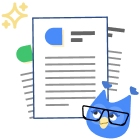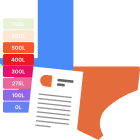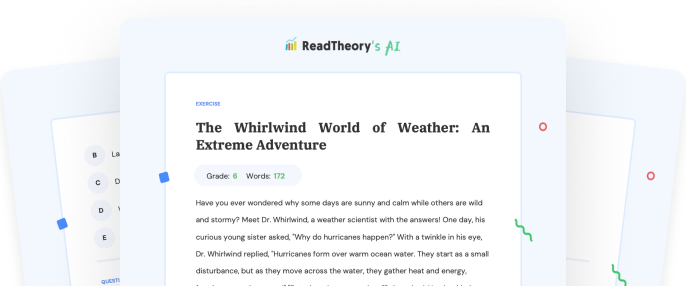Transform Your Teaching
with AI-Powered Worksheets
With ReadTheory’s Instant Worksheet Builder, you can create engaging, grade-appropriate worksheets tailored to your students in minutes. Spark curiosity, save time, and empower critical thinking with AI-powered tools designed for teachers like you.


Camouflage: The Art of Blending In
Camouflage is a fascinating phenomenon used by many species on Earth to survive. It's a game of hide and seek played in the wild where animals miraculously blend with their surroundings. Some use it to avoid becoming dinner, while others use it as a deceptive strategy to surprise their prey. One of the most famous masters of disguise is the chameleon. This creature can change its skin color to fit in with its surroundings. For a chameleon, it's not just about survival, but communication as well. Changing colors can signal its mood to other chameleons. Stick insects are another great example. They have evolved over time to look exactly like the twigs and branches they inhabit, making it nearly impossible for predators to notice them. Furthermore, camouflage is not only limited to the animal kingdom. Humans have borrowed this concept and applied it in various fields, such as military and hunting. Camouflage uniforms help soldiers remain inconspicuous in different environments, whether it's a dense jungle or a sandy desert. In essence, camouflage is a powerful tool that has proven invaluable in survival and strategy, across various species and professions. The art of blending in, it seems, can sometimes be the key to standing out.
Question 1
Which animal is known as a master of disguise due to its ability to change its skin color?
Elephant
Lion
Chameleon
Zebra
Panda
Question 2
Why do chameleons change colors?
To regulate body temperature
To show off to other animals
To signal its mood to other chameleons
As a mating display
Because they are cold
Question 3
What is the appearance of stick insects?
They look like rocks
They look like leaves
They look like twigs and branches
They look like grass
They look like sand
Question 4
Which profession uses the concept of camouflage for survival and strategy?
Chef
Musician
Artist
Soldier
Teacher
Question 5
True or False: Camouflage is only limited to the animal kingdom.
True
False
Not mentioned
Not clear
No answer
 or share via
or share via

Assign the ReadTheory pretest to determine students' reading levels.

Why Teachers Love
Instant Worksheet Builder?

Tailored Content for Every Student
Craft worksheets with passages and multiple-choice questions customized to your chosen topic and grade level, ensuring relevance and engagement.

Save Hours
of Prep Time
Our AI, Lexi, generates complete worksheets—passages, questions, and answers—in minutes, freeing you to focus on teaching, not planning.

Standards-Aligned Learning
Every worksheet is designed to boost reading comprehension and critical thinking, aligning seamlessly with State Standards to help your students shine.
Personalized teaching
for personalized learning
Browse worksheets created and refined by educators using Lexi—your source for inspiration and ready-to-use resources.


ReadTheory is free for Teachers to use.
Join thousands of educators using ReadTheory for free. Sign up today and start creating in just minutes!





